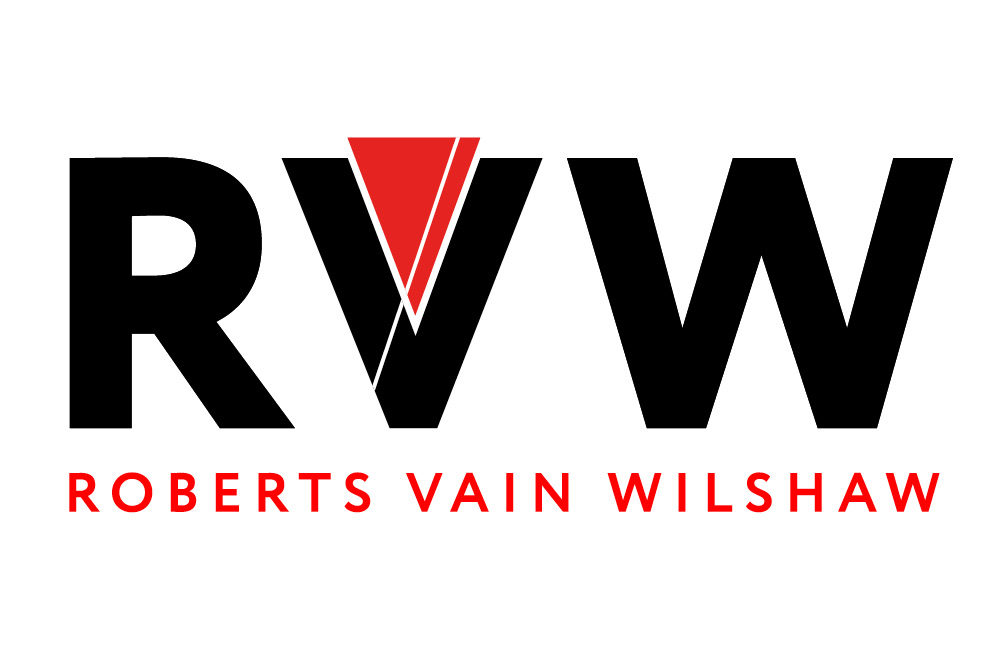Autumn Budget: Transforming business rates
Business rates had quite an airing in the 2024 Autumn Budget, with significant changes now, plus the promise of more in the future.
Retail, hospitality and leisure
The biggest headline-grabbing change is a reduction in retail, hospitality and leisure relief.
This relief started back in 2019/20 with 33% relief on qualifying properties, grew to 100% due to Covid, before being cut back to 75% in the current rate year. It’s been a lifeline for many businesses but the £110,000 cap means that it’s of negligible benefit to larger operators.
Next year (2025/26), it will be reduced to 40%, with the same £110,000 cap, before being replaced in 26/27 with permanently lower business rates multipliers for the high street retail, hospitality and leisure properties. The greatest relief will be applied to <£51,000 properties whilst those between £51,000 and £500,000 will have a lower multiplier. Properties with an RV over £500,000 will get no relief. We will have to see whether the qualifying criteria are the same under the new guidance as the current scheme, or whether it will be tightened to provide more targeted relief to high street operators.
This relief will be paid for by increasing the multipliers on all properties with rateable values above £500,000, which “includes the majority of large distribution warehouses, including those used by online giants”. The government has previously ruled out an Online Sales Tax to level the playing field between the high street and online sales but this broad-brush approach penalises all large property occupiers and does nothing to redress the balance. They’ve really got this wrong.
The Budget also provides £1.9bn support to small businesses and the high street in 2025-26 by freezing the small business multiplier on properties with a rateable value of <£51,000 at the current .499. To put that in perspective, the current large property multiplier is .546 and will increase to .555, so a freeze at .499 is a reasonable saving and not to be sniffed at.
Priority areas for reform
A new discussion paper was also released alongside the Budget: ‘Transforming Business Rates’, which sets out the government’s priority areas for reform. Along with the measures above to protect the high street, these include encouraging investment and creating a fairer system.
Encouraging investment
‘Encouraging investment’ is an interesting one as this questions the effectiveness of the recently introduced Improvement Rate Relief, which gives 12 months ‘rates free’ on new improvements, but also raises the loss of small business rates relief on investment decisions, as well as the impact of other taxes such as capital allowances. I’ve said before that in my humble opinion, the impact of business rates rarely forms part of business decisions, but at the lower end of the scale I must concede that the loss of 100% small business rates relief could have a significant impact on viability of smaller businesses trying to scale up.
One thing I’m genuinely surprised to see is “the efficacy of Empty Property Relief in supporting landlords to make improvements to their properties”. EPR in no way supports landlords – improvements are specifically excluded from the new Improvement Relief and the way the VOA deals with deletion requests for properties undergoing redevelopment is nothing short of draconian. It needs a rapid overhaul.
This paper refers back to the 2023 Avoidance and Evasion consultation which identified the abuse of the Empty Property Relief process by using repeated artificial occupation, also known as temporary occupation, to obtain repeated statutory void periods. The government response at the time was to increase the re-occupation period from six weeks to three months in an effort to stamp it out and they will now review whether this has worked. The real-world evidence suggests it has not, but schemes are coming under increasing pressure with at least one important case being heard in the High Court early next year.
Fairer system
This involves more regular revaluations and valuation dates closer to the compiled list date then the current two years. This requires a greater ability to collect data from ratepayers faster and more efficiently.
The Non Domestic Rating Act 2023 already provides the legislative framework for Duty to Notify – the requirement for ratepayers to report property and occupation changes within 60 days plus an annual confirmation statement, but a digital transformation of epic proportions is required before this happens. There are 2.3m properties in the rating list – imagine the scale of what’s required to receive, administer, and process that volume of data?
The paper states that this will start on 1 April 2026 with a phased rollout that will became mandatory for all sectors from 1 April 2029, at which point it will remove the Check stage of the Check Challenge Appeal process on the basis that the facts are correct because of the reporting requirements. There will however be only six months to start a Challenge – a massively punitive change.
New transparency rules that require the VOA to provide more information to support their rateable value calculations have been on the horizon for a number of years but will now start in 2026, with most ratepayers being able to access more details on comparable properties, building up to valuation information and rental evidence in 2029.
What do the changes mean for local authorities?
The government has committed to ensuring that changes don’t have an adverse effect on local authority revenue or staffing. Digitizing Business Rates has been grumbling along for the past eight years. At present, the VOA build and maintain the rating list and the Local Authorities charge based on the figures that appear in the rating list. There is no centralisation of data on who actually pays the bills or the type and value of reliefs being claimed – as a result small business rates relief fraud and overclaiming of RHL is rife. There are a myriad of reasons why this makes sense, both to tackle fraud and deal with avoidance but also to have something as simple as having a single format for rates bills as some are quite incomprehensible.
Business rates retention, where the council keeps the revenue it collects will be extended to 100% for the West of England Combined Authority, Cornwall and Liverpool City Region for 2025/26 and 67% for the Greater London Authority for 2025-26.
Transforming Business Rates acknowledges that the system can’t be changed overnight and invites stakeholders from the industry to help co-design a fairer system. Good. We’re onboard with that and I’ve already signalled our inclusion. If you feel the need to get involved, email transformingbusinessrates@hmtreasury.gov.uk by 15 November.
I’ll leave you with one final point. The discussion paper refers to business rates revenue of £26bn in 2024-25. The budget document itself gives a breakdown of Public Sector Receipts for 25/26 with Business Rates £34bn. Seems like a massive hike from the increased multiplier and the loss of 35% RHL relief. Can you check your numbers please, Rachel?
Selected industry experts bring you insight and expert advice, across a range of sectors.
Subscribe for free to receive our fortnightly round-up of property tips and expertise
Selected industry experts bring you insight and expert advice, across a range of sectors.
Subscribe for free to receive our fortnightly round-up of property tips and expertise







